|
Tips for reducing back pain when working from home: Work station ergonomics You may have had an ergonomic assessment on your desk at work, but maybe haven't had such focus on you work station at home. Check out the picture below for areas to adjust. When sitting you back should be fully supported by your chair (that includes your upper pelvis) and your feet fully supported on the floor. Knees should be at hip level or just below. Arm rests are important for taking stress off your neck and upper shoulders so you don’t end up shrugging for 6+ hours while typing. The top of the monitor should be level with your eyes and about an arm’s length away from your face to limit eye strain and allow neutral neck position. Change positions often Your body is made to move. Change positions from sitting to standing, if possible, and take movement breaks - walking, stretching, arm circles, head turns - anything to get yourself out of “computer posture” for a few minutes. Aim for a movement break every 30 minutes even if it’s just to do some shoulder blade squeezes and getting your eyes off the computer screen for 20 seconds. Make exercise a priority
Pick anything you like to do; yoga, walking, running, basketball, etc. Movement is important for many physical health benefits including lowering blood pressure, lowering cholesterol, and blood sugar regulation. Regular exercise is associated with decreased risk for illnesses such as heart disease, stroke, and many cancers. Exercise has also been shown to decrease anxiety and depression and release endorphins, the “feel-good hormone."
0 Comments
by Jennifer Dunn, DPT
You know the drill; when you're running short on time for your workout the first thing to get cut is either the warm-up or the cool-down. But be careful. Below are 3 reasons why a proper warm-up is important and how it decreases your risk for injury. If you already have an injury, the warm-up is even more important and might be a key piece of getting you back to your normal routine (like walking a few blocks and sitting at your desk) with less pain. 1. A warm-up increases blood flow to and mobility of working muscles Think of your muscles like spaghetti noodles. Straight out of the box they are rigid and break if you try to bend them. If they are boiled (warmed-up) you can bend them in to all different ways - you can tie 'em in a knot, you can tie 'em in a bow - without breaking them. Your muscles are similar in that they are much more mobile/extensible/flexible after a proper warm-up. All that means decreased risk of injury and less pain with movement! 2. A warm-up increases synovial fluid - your body's natural joint lubricant - to working joints Our bodies are very self-sufficient machines. Our joints automatically lubricate themselves when they are used. A great way to keep your joints healthy is to prepare them for exercise through gentle movement that gets the lubrication flowing before diving into the hardest part of your workout. The adage of "an ounce of prevention is worth a pound of cure" certainly applies to your body. Get your joints prepared for movement to prevent excessive wear and tear on them through a focused warm-up routine. 3. Perhaps most overlooked but very importantly, a warm-up primes your central nervous system - the brain to muscle connection - to get ready for movement This is so important, especially if you are already nursing an injury. A warm-up using the same movement patterns you will use in your workout helps you do the movement correctly when you are under resistance or moving at high speed. If you are injured, the CNS may need to be primed to correctly function with ordinary activities such as walking or climbing stairs. In other words, an important function of the warm-up is to get the right muscles on at the right time. A warm-up is an essential part of an exercise routine. If you have questions about your warm-up routine or are hampered by an injury, contact the Staszak Physical Therapy team for an evaluation today. 541-505-8180 We've all heard that a sedentary lifestyle is not good for us and sitting at a job for 6-8 hours a day doesn't help turn that around for the better. But why is sitting so bad and what does it do to our bodies?
There are several health issues that come from sitting hours on end. However, one that we'll focus on here is the impact on your hip flexors. Your hip flexors are a group of muscles that connect your upper leg to your hip and are involved in just about every kind of movement that deals with the lower body: exercises like the squat, deadlift, overhead press, bench press, etc. When it comes to muscles, the best way to keep them strong and healthy is with movement. When muscles expand and contract, blood and oxygen can move throughout your body. However, sitting keeps your hip flexors in a contracted (shortened) state which turns into tightness. Won't a good stretch fix the problem? Yes and no. While we always encourage stretching, and there are some really awesome stretches you can do for your hip flexors, the long-term effects of prolonged sitting can be more significant. For instance, when you have tight hip flexors from sitting, typically you will see weakened core muscles because you're not engaging them with standing. When you combine tight hip flexors and a weakened core, now you're looking at posture issues which lead to additional concerns, i.e., upper and lower back pain, neck pain, misalignment of the spine, etc. So what can you do to fix tight hip flexors?
At Staszak Physical Therapy & Wellness Center, located in downtown Eugene, Oregon, our team of physical therapists and PT aides are here to help. Give us a call today to schedule a consult. 541-505-8180 Although many do not consider gardening a formidable activity, the reality is that gardening can result in as many injuries as a number of sports. One of the main contributing factors to gardening injuries is that many gardeners think of the activity as a casual afternoon of fun and therefore inadequately warm up, stretch or prepare for the task at hand when they actually should (see Stretching Guide for Gardening). In addition, repetitive tasks, as well as repetitive positioning such as sitting, kneeling or remaining bent over go hand in hand with gardening. Both repetitive tasks and repetitive positioning are common causes that lead to injury. Interestingly enough, the typical Hollywood gardening scene where someone steps on a tool and it then strikes them in return is another common cause of injury!
Asides from doing a proper warm up there are several gardening tips you can heed to avoid getting more than a thorn in your side! Use a gardening stool or pad for extended periods of weeding or planting. Better yet, plant as many of your plants in raised flower beds in order to avoid the need for bending much at all! No body part takes kindly to sustained positioning, so be sure to take frequent breaks in order to mix up your positioning. It is recommended to do one light task such as weeding for around 20 minutes, then switch it up to something heavier, like digging or hauling dirt for another 20. To make it easy, think about getting three types of gardening activities in each hour. Remember common advice even when gardening. For instance, when lifting heavy items including soil bags or your wheelbarrow use your legs and not your back. Keep your back in a fairly straight position and gently pull in your tummy muscles before lifting in order to help support your torso. Your legs are strongest when they are bent only halfway so don’t squat too far before standing back up again. Keep the load close into your body and don’t twist while lifting or setting items down; move your feet to get the item there. Twisting can also be a culprit causing injury even when weeding or doing light tasks; try to turn your feet and or hips as often as possible to complete your tasks in order to avoid unnecessary stresses on your back. Stretching is an essential part of playing tennis. A good stretching routine can help to minimize muscle imbalances, prevent injury, improve your exercise tolerance and your tennis performance. The following stretching program is designed for tennis players who do not have any current injuries or individual stretching needs. If you have an injury, or a specific mechanical imbalance that may be holding back your tennis performance, your Staszak Physical Therapy & Wellness Center Physical Therapist can design a stretching program more specific for you. When is the Best Time to Stretch? When your muscles are warm and relaxed! For optimum performance you should stretch after you have done a general body warm-up of about 5-10 minutes (light running, or another light aerobic activity) You should also stretch after your match and between matches if you are playing in a tennis tournament. Tennis is a dynamic sport so you'll need both dynamic and static stretching. Dynamic stretches form part of your pre-match or training warm-up. They are used to prepare your muscles for the rapid elongation they will incur during the game. Static stretches, on the other hand, are more useful to improve your overall flexibility and are most effectively done at the end as part of your cool down. Rules for Dynamic Stretching:
Rules for Static Stretching:
Essential Stretches for Tennis: These muscles are your prime movers for tennis. You'll need to stretch these muscles each time you play. Don't forget to stretch both sides. The stretching program shown below will take about 15 minutes to complete. Dynamic Stretches: Static Stretches: Posterior Shoulder Stretch
|
Our BlogRead here for more information about our practice, industry news, tips for taking care of your body, and great recipes for healthy living. Categories
All
|

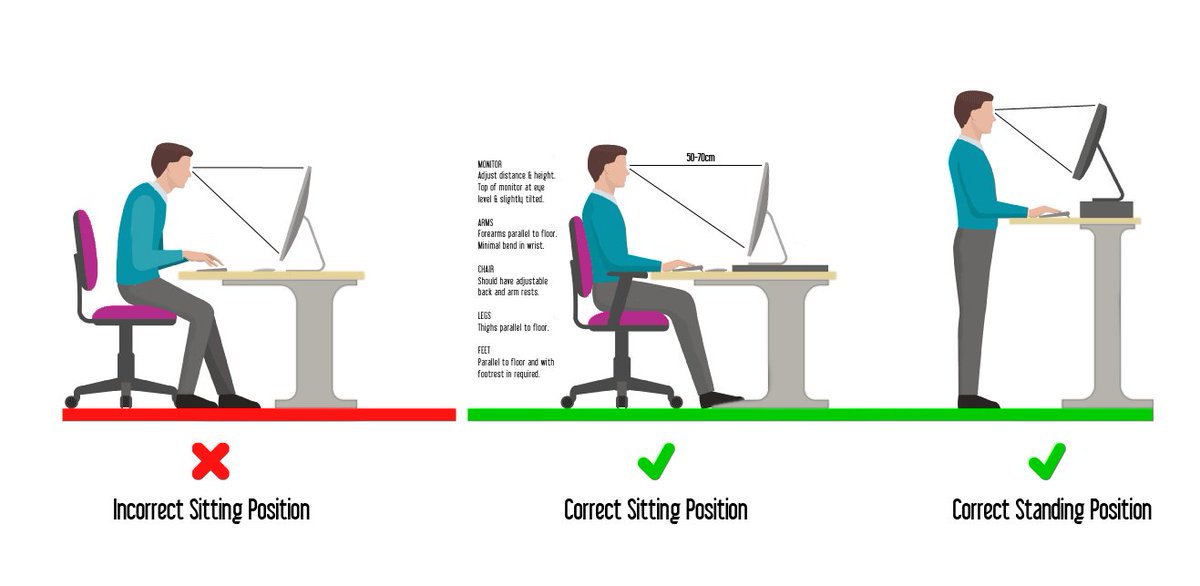
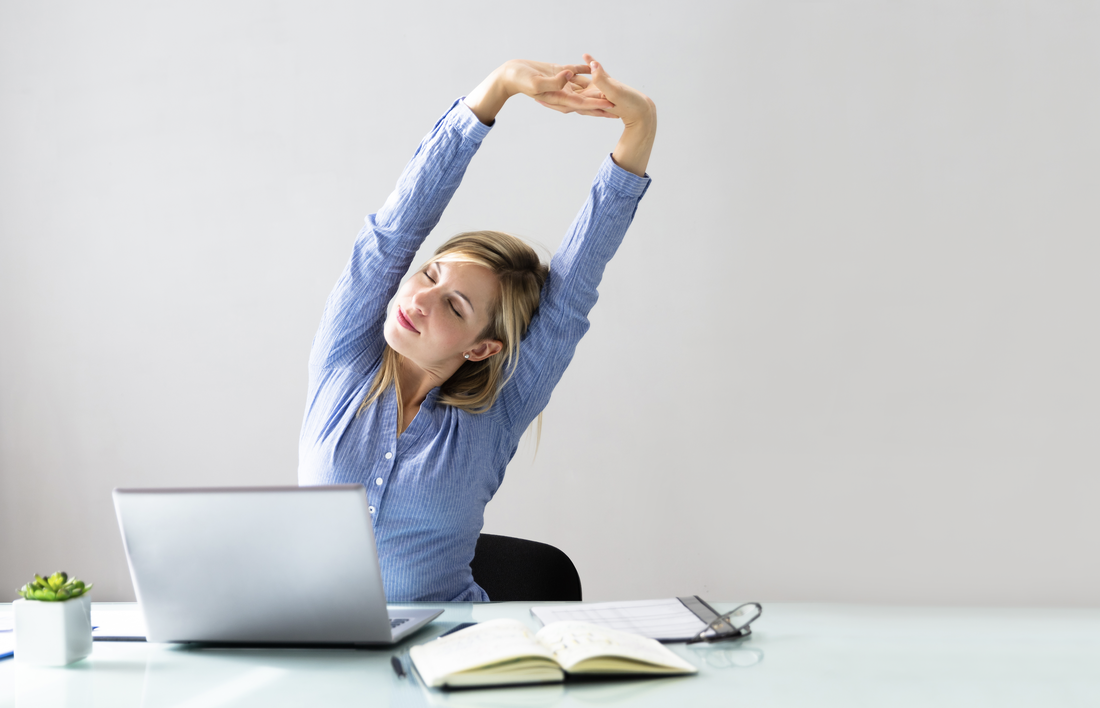
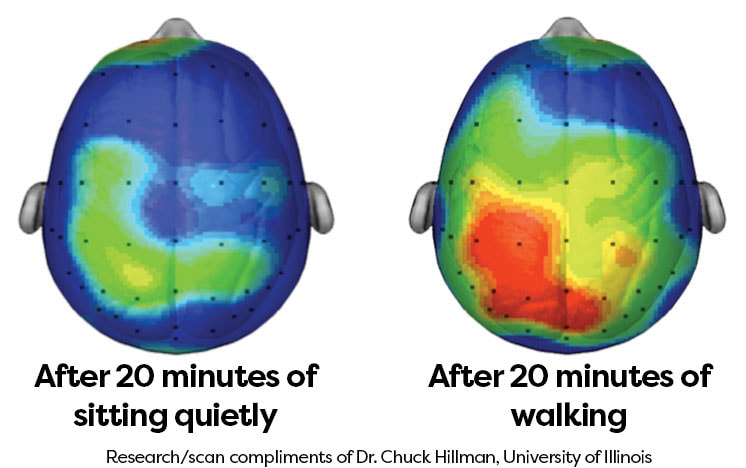
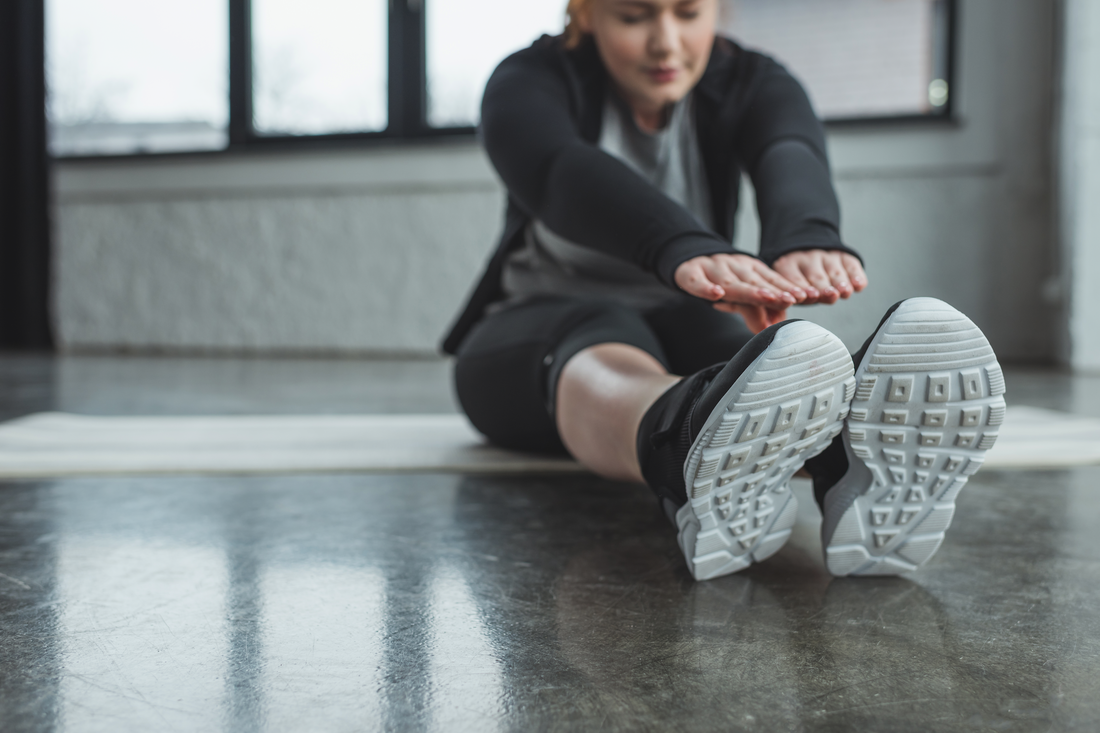
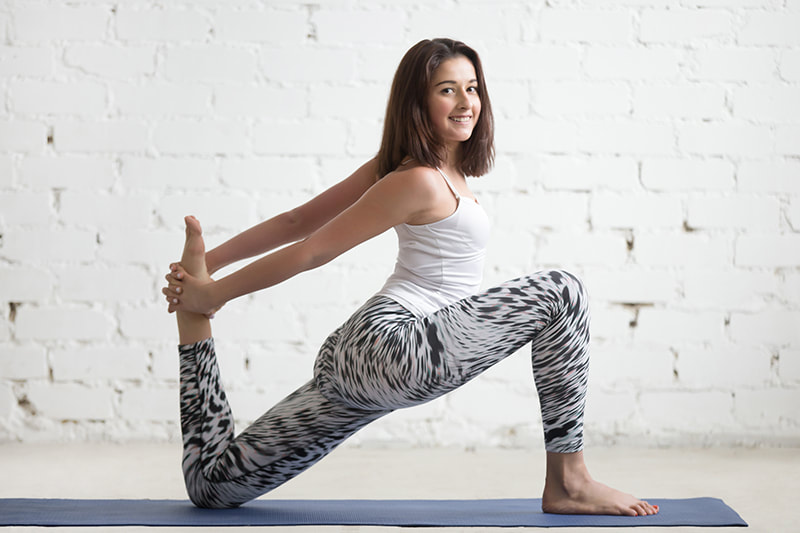
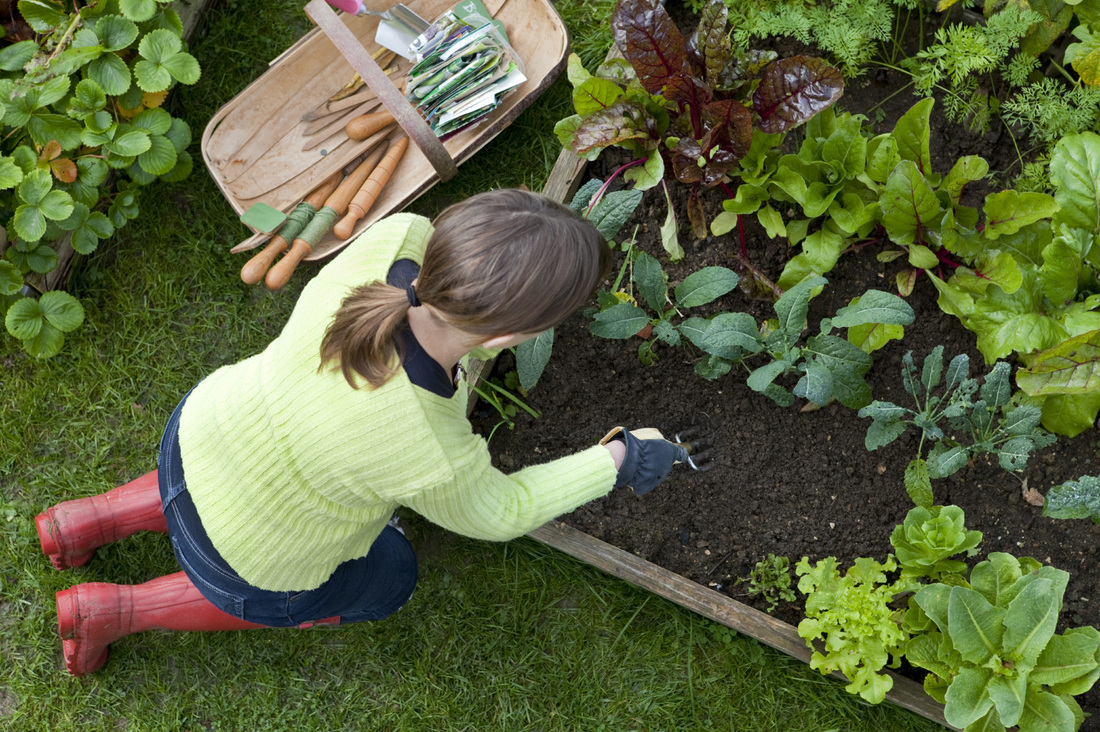

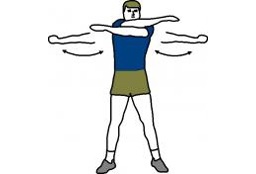
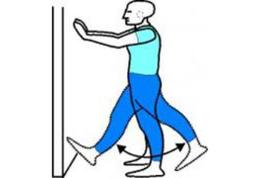
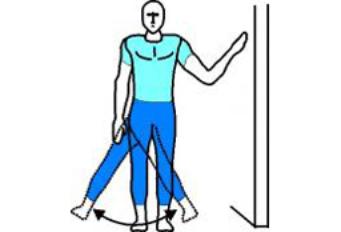
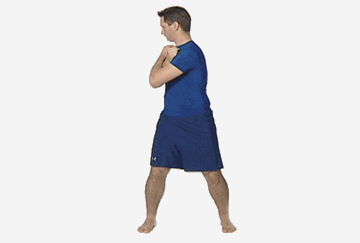
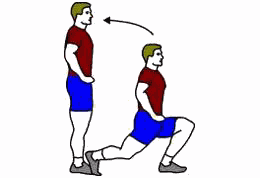
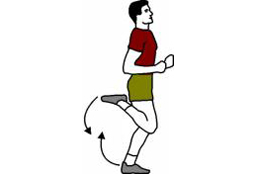

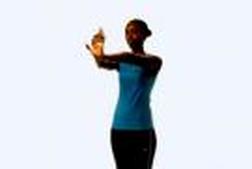
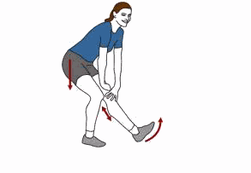
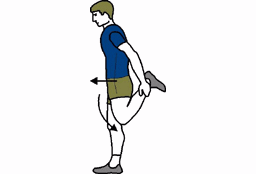
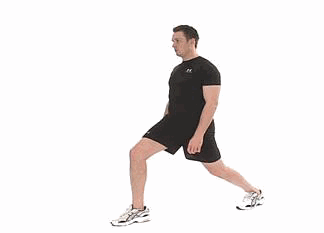
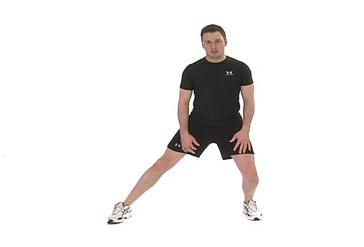
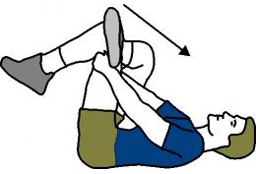
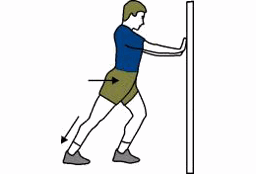
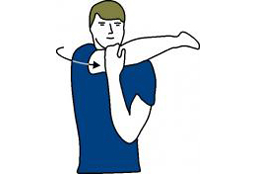
 RSS Feed
RSS Feed